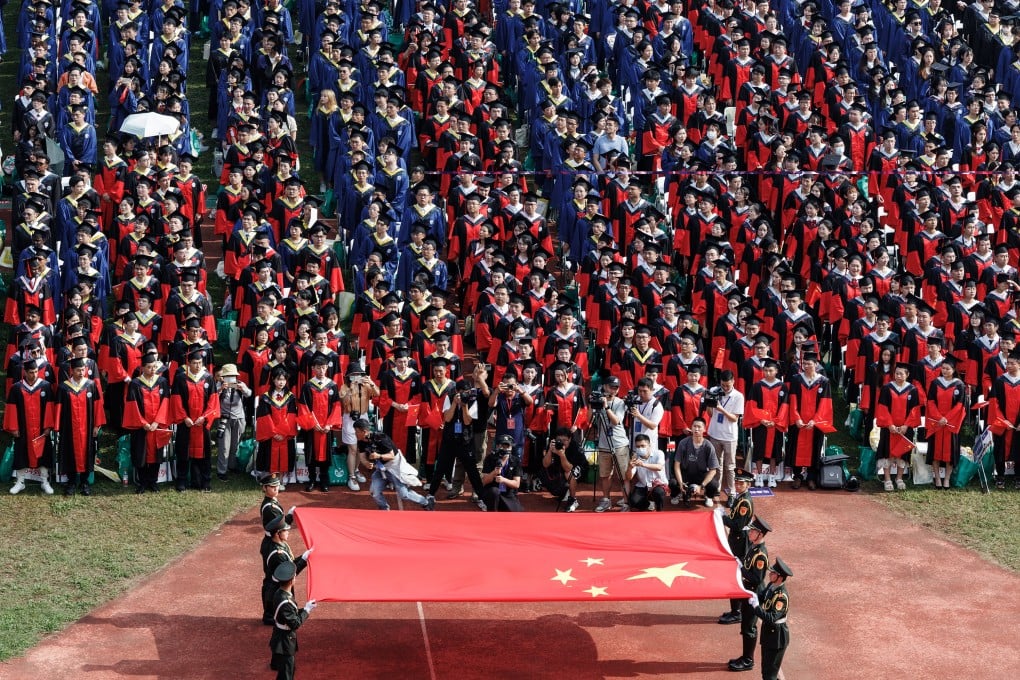Over the past four decades, China has trained approximately 400,000 postdoctoral researchers, according to recent data released by the Ministry of Human Resources and Social Security. In 2023 alone, the country welcomed a record 42,000 new postdoctoral recruits, up from 12,500 in 2012—a more than threefold increase over 12 years. This surge reflects China’s deliberate investment in cultivating high-end research talent as it positions itself at the forefront of global scientific innovation.
The expansion of China’s postdoctoral system—comprising more than 8,800 research and workstations across the country—coincides with a broader shift in national development priorities. As the Chinese economy transitions from low-end manufacturing to high-value, technology-intensive industries, the government has intensified support for research and development, optimized talent policies, and bolstered funding mechanisms.
China has trained approximately 400,000 postdoctoral researchers
MOE
This effort is situated within a larger context of international competition. The United States has long been a global magnet for top-tier scholars, supported by generous research funding and open immigration policies. However, recent years have seen growing uncertainty: budget cuts to elite research institutions and tightened visa rules under the Trump administration have raised questions about the long-term attractiveness of the U.S. as a destination for international researchers.
China’s postdoctoral boom signals not only a domestic push for scientific advancement but also a rebalancing in the global landscape of academic mobility and talent cultivation. As countries vie for knowledge-based leadership, the dynamics of academic migration and research collaboration are likely to evolve in complex and consequential ways.




